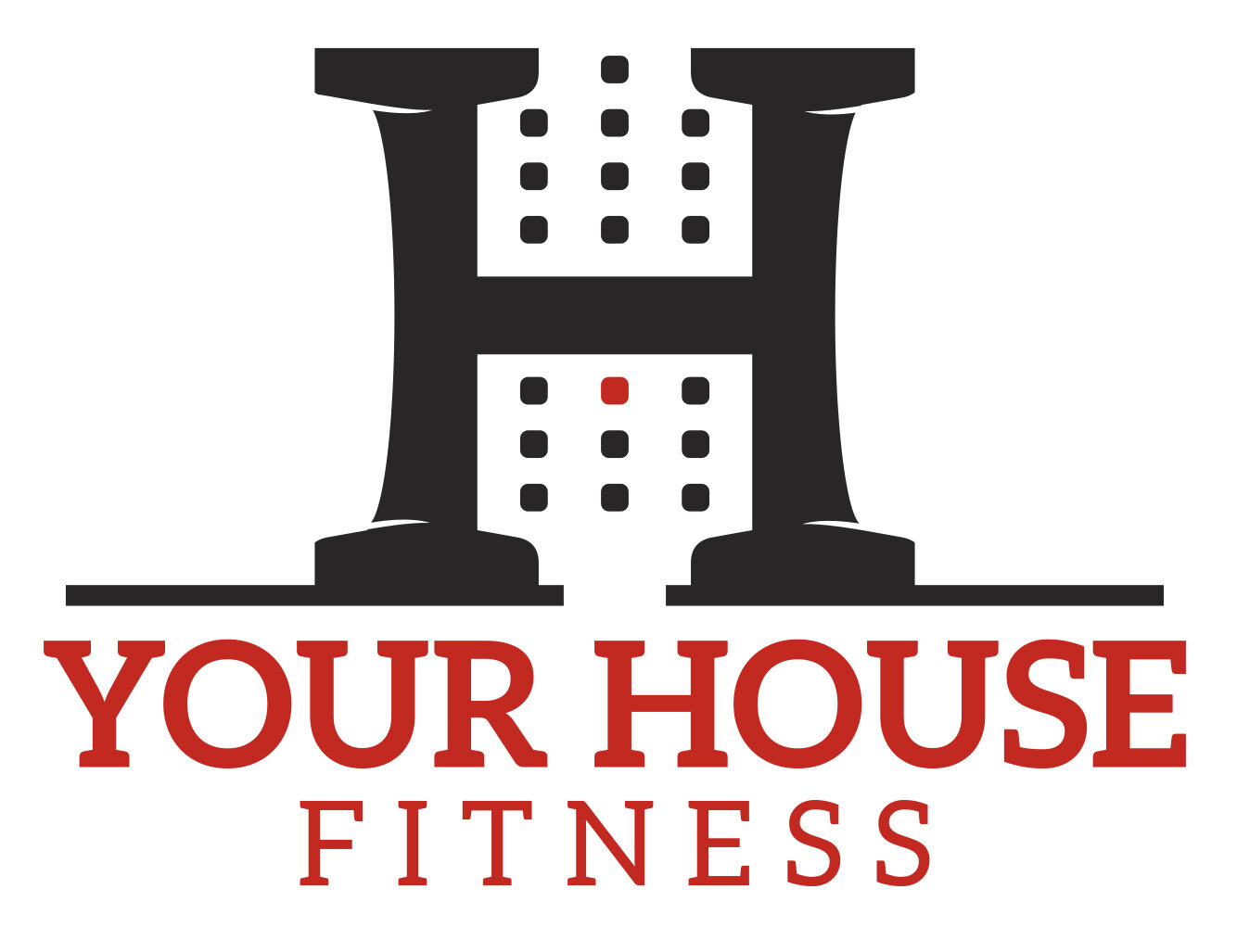Muscle Breakdown: Psoas Minor
What Is the Psoas Minor
The Psoas Minor is a bilateral muscle located in front of the Psoas Major. The Psoas minor is an inconsistent muscle, meaning that not everyone is born with a Psoas Minor!
Psoas Minor Muscle & Cadaver
Psoas Minor Function
Since the Psoas Minor is an inconsistent muscle, not much is known about its exact function in the body. It has been suggested that the Psoas Minor is a weak flexor of the trunk. This means that the Psoas Minor helps you to bend forwards at the hips. However, do not be concerned if you have, or do not have a Psoas Minor as their absence will not result in reduced functionality of the body.
Psoas Minor Origin And Insertion
Psoas Minor Origin
The origin of the Psoas Minor is the vertebral bodies of T12 and L1, including the intervertebral disk between these two vertebrae.
Psoas Minor Insertion
The insertion of the Psoas Minor is the Iliopubic Eminence and the Pecten Pubis.
Psoas Minor Action
As previously mentioned, the Psoas Minor flexes the lumbar spine. This can help to perform actions such as:
Bending forwards
Picking an object off the ground
Lifting objects
Performing various exercises that require lumbar flexion
Activities such as gardening
Psoas Minor Innervation
The Anterior Ramus of the Spinal Nerve innervates the Psoas Minor.
Psoas Minor Exercises
These exercises will help to strengthen the Psoas Minor. Most of these exercises will also challenge your core stability, which can help to improve balance.
Straight Leg Raise
Lie down on your back with your legs extended. Begin to raise both legs at the same time into the air. Aim to form a 90-degree angle at the hip and try not to bend the knees. Return the legs to the starting position and repeat the movement for 3 sets of 12 reps.
Standing Hip Flexion
This exercise requires good balance and can be challenging! Ensure that you have a support around you if you need it. Place one end of a resistance band around a stable object, and the other end around your ankle. Stand tall with your feet hip-width apart. Drive the knee up towards the sky so that the thigh is parallel to the floor and there is a 90-degree angle at the knee. Return the leg to the starting position and repeat the movement for 3 sets of 12 reps.
Hanging Leg Raises
Hanging Leg Raises are a great exercise for building core strength as well as strengthening the Psoas Minor and Psoas Major. Place both hands on the bar and hold on tight. Your arms will be fully extended and legs hanging below. Brace the core and lift your legs to hip height. You should aim to have your legs straight for the entire movement. Slowly lower the legs back down in a controlled fashion and repeat this movement for 3 sets of 12 reps.
If the Hanging Straight Leg Raise is too challenging for you, you can perform the leg raise with bent knees to make the exercise easier.
Psoas Minor Stretch
The following stretches can help to lengthen a tight Psoas Minor muscle.
Supine Knee to Chest
Lie down on your back with your legs extended. Bring one knee up towards your stomach and use your hands to hold the leg in place while keeping the other leg extended on the floor. Hold this position for 30 seconds to stretch the Psoas Minor and then switch legs.
Thomas Stretch
This Psoas Minor stretch will require the use of a table. Lie down on your back on the table so that your legs are hanging off. Bring one knee up to your chest and hold it in place, while the other leg is still hanging off of the table. This stretch is engaging the hip flexors of hanging leg, so this is where you will feel the stretch. Hold this position for 30 seconds and then switch legs.
Frankenstein Walk
The Frankenstein Walk is a great way to incorporate a dynamic warm-up into your exercise routine that stretches the Psoas Minor. To learn how to perform the Frankenstein walk, click here.

